KE acquired by a mass m intravelling a certain distance d, starting from rest, under the action of a constant force F is
1. Directly proportional to
2. Directly proportional to m
3. Directly proportional to
4. None of these
The total work done on a particle is equal to the change in its kinetic energy. This is applicable
1. Always
2. Only if the conservative forces are acting on it
3. Only in inertial frames
4. Only when pseudo forces are absent
A particle of mass 0.1 kg is subjected to a force which varies with distance as shown. If it starts its journey from rest at x=0, then its velocity at x=12 m is
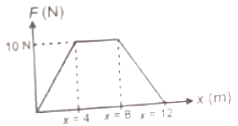
1. 0 m/s
2. m/s
3. m/s
4. 40 m/s
Potential energy is defined:
| 1. | Only in conservative fields |
| 2. | As the negative of the work done by conservative forces |
| 3. | As the negative of the work done by external forces when \(\Delta K=0\) |
| 4. | All of these |
A stick of mass m and length l is pivoted at one end and is displaced through an angle . The increase in potential energy is

1.
2.
3.
4.
A spring with spring constants k when compressed by 1 cm, the potential energy stored is U. If it is further compressed by 3 cm, then change in its potential energy is
1. 3U
2. 9U
3. 8U
4. 15U
Two springs have force constant K1 and K2 (K1>K2). Each spring is extended by same force F. If their elastic potential energy are E1 and E2 then is
1.
2.
3.
4.
Initially mass m is held such that spring is in relaxed condition. If mass m is suddenly released, maximum elongation in spring will be
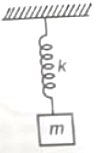
1.
2.
3.
4.
On a particle placed at origin a variable force (where a is a positive constant) is applied. If , the graph between potential energy of particle U(x) and x is best represented by
1. 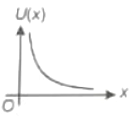
2. 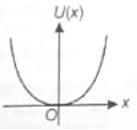
3. 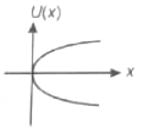
4. 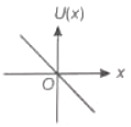
The variation of potential energy U of a body moving along x-axis varies with its position (x) as shown in figure
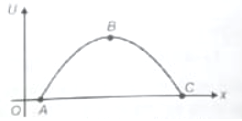
The body is in equilibrium state at
1. A
2. B
3. C
4. Both A & C






